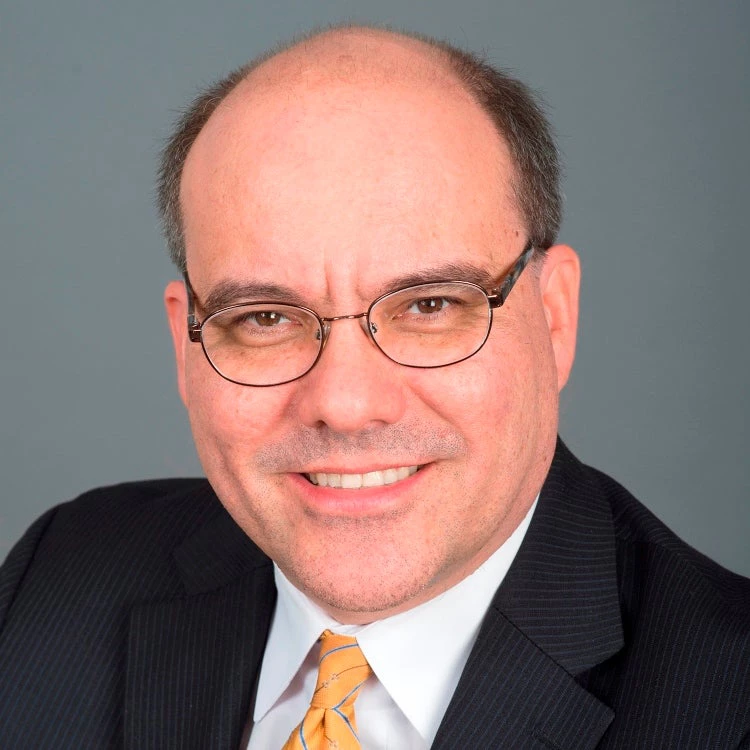Cities are Brazil’s economic powerhouse—they produce almost 90% of the GDP and are the major drivers of the country’s growth and development. Rapid and unplanned urbanization, however, has led to issues such as concentrated poverty, insufficient access to basic services, and a lack of quality public spaces. Public spaces, such as parks, help enhance livability, while also building up resilience to natural disasters, reducing pollution, and enabling inclusive growth.
Fortaleza is a coastal city of 2.6 million in the northeast of Brazil. Its sprawling growth has now given way to stark inequality and major spatial divides. Lack of investment and inadequate planning have also led to environmental degradation.
In an effort to address these challenges, the municipality has partnered with the World Bank through the Fortaleza Sustainable Urban Development Project to improve public spaces and rehabilitate areas of the Vertente Marítima Basin and of the Rachel de Queiroz Park. In January 2017, the project was recognized by UN Habitat for innovative practices for the implementation of the New Urban Agenda.
In this video, World Bank Senior Director Ede Ijjasz-Vasquez and Project Lead Emanuela Monteiro discuss the initiative and how it aims to make the city more livable, competitive, and resilient.
Também disponível em: Português
Related:
- The “human scale” in public urban areas
- Building sustainable cities starts with smart urban design
- Urban development in Latin America series




Join the Conversation